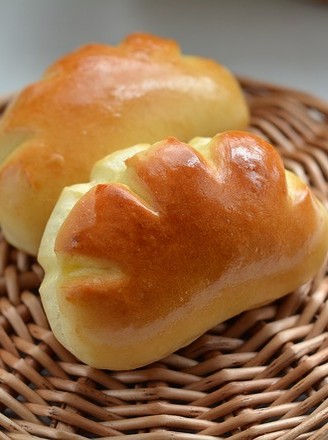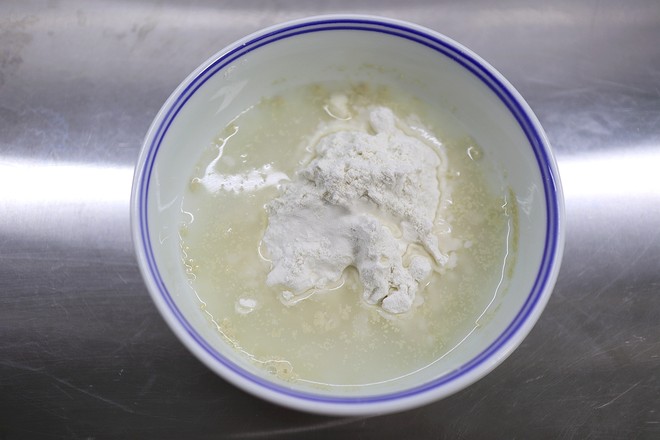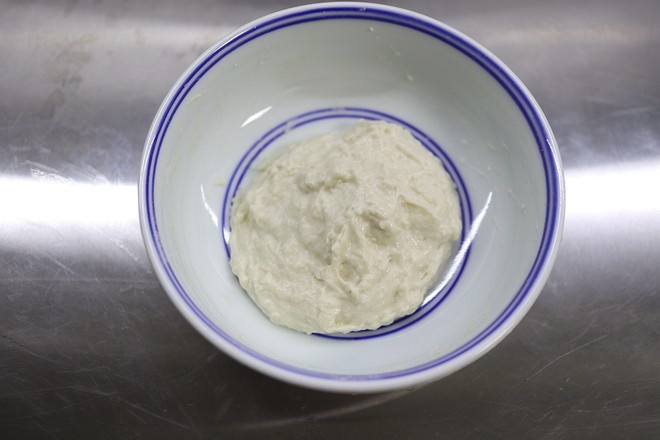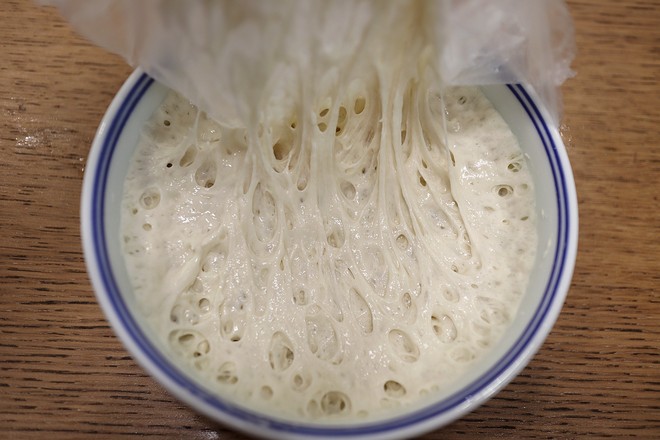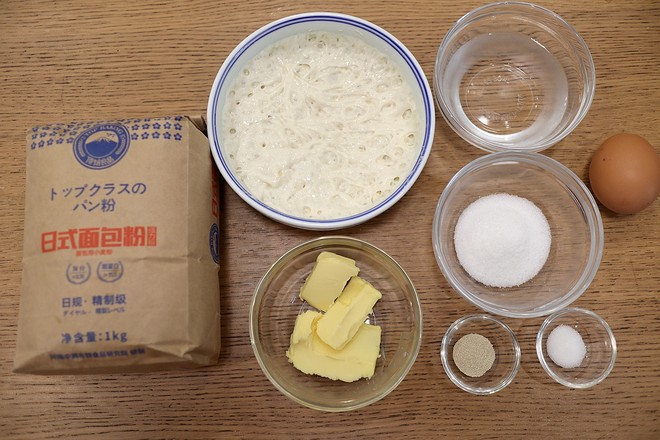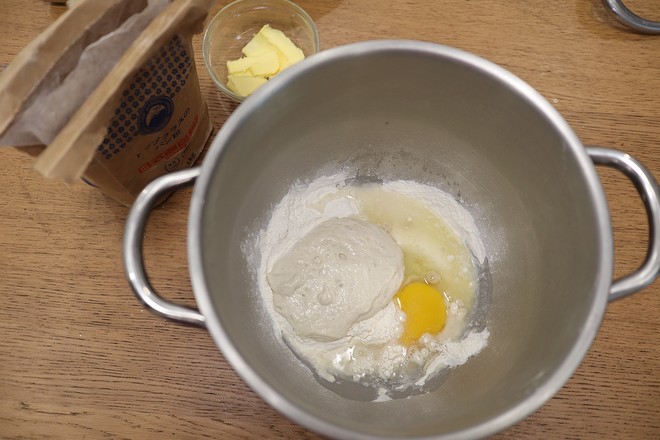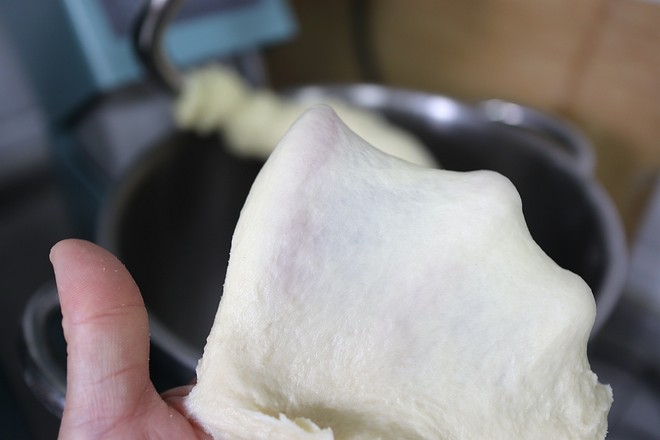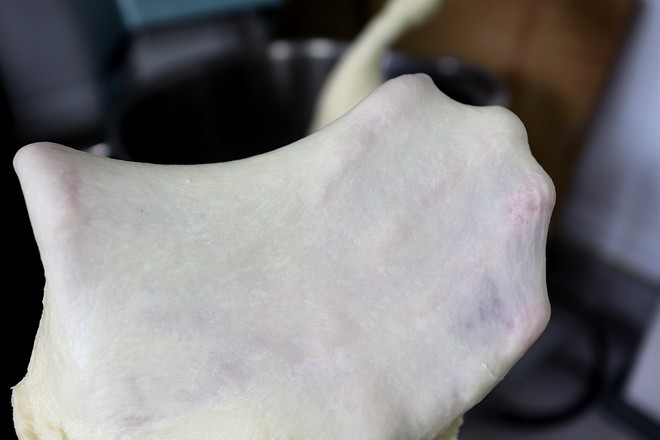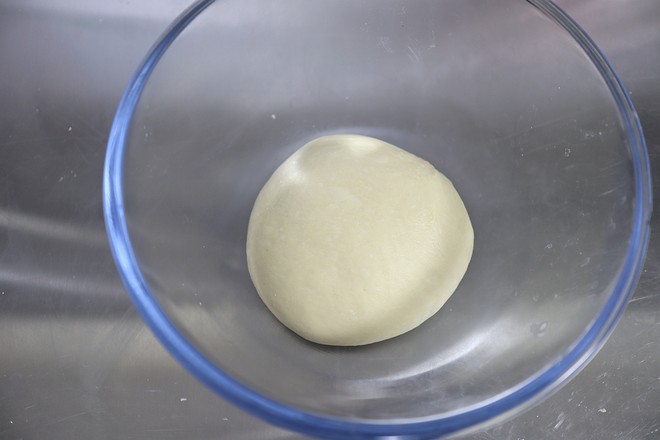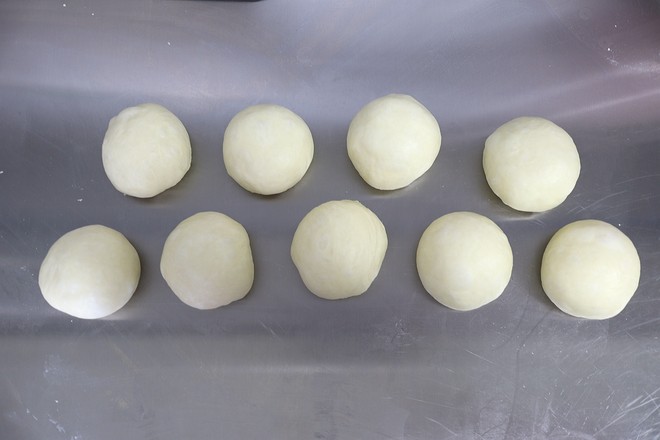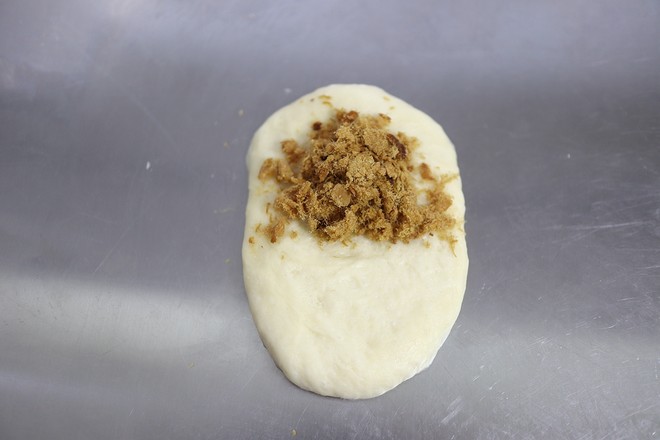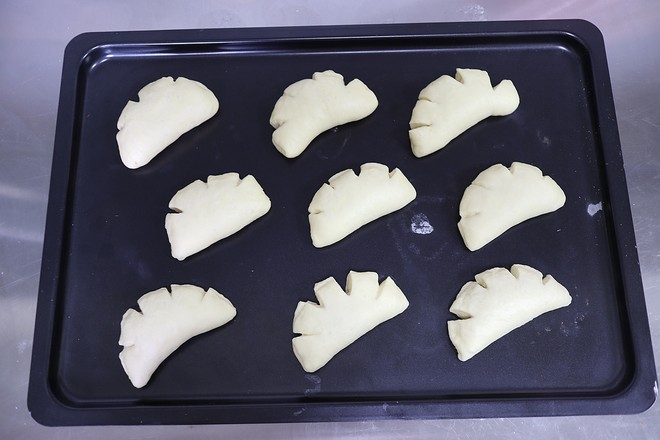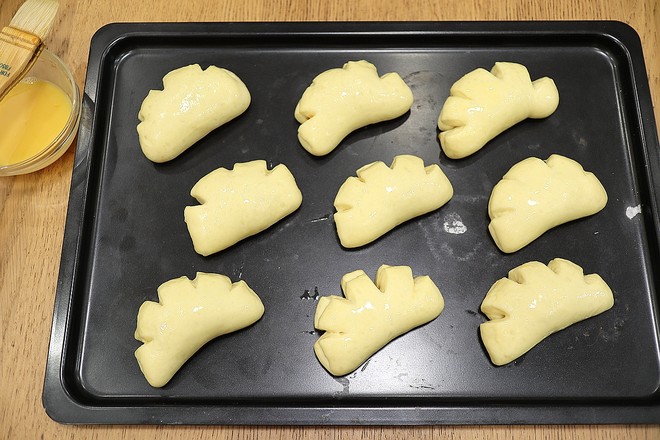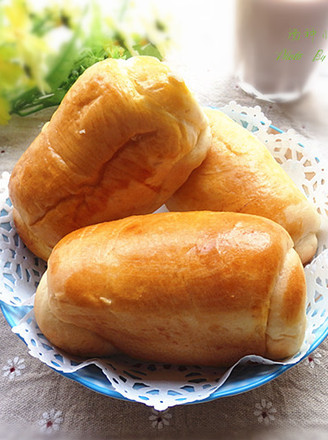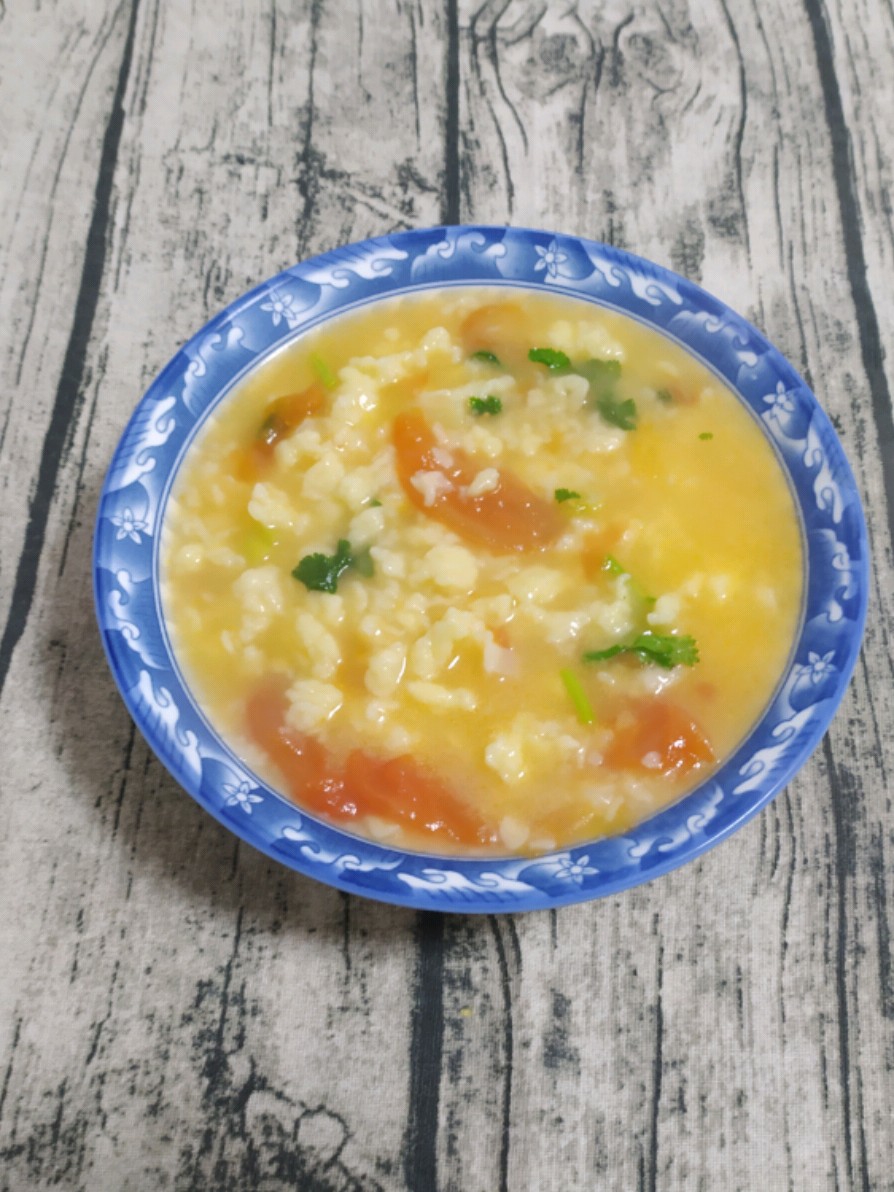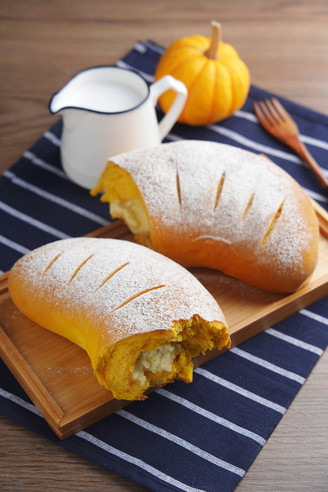Polish Pork Floss Buns
by meggy dancing apple
Favorite
Difficulty
Easy
Time
30m
Serving
3
Although it is summer, my enthusiasm for making bread has not diminished at all because of the high temperature. The child is preparing for the exam at home, and three meals a day are mentioned on the schedule. Breakfast is delicious and delicious. In order to be busy and not messy, I usually bake the bread in advance, so that breakfast only needs to be fried and boiled with a vegetable and fruit salad.
Today's bun has become very soft because of the use of Polish seeds. The Polish species just sounds mysterious, but it's actually super simple.
Polish English is Polish, and the French name of this fermented species is Poolish, and its pronunciation is the same as English Polish, so it is transliterated as "Polish species". In fact, the amount of flour and water is 1:1 mixed to form a dough, plus a little yeast, and it can be used when the inside is full of large pores.
Bread toast with Polish seeds will be softer than the direct fermentation method, and the aging degree will be slower. For example, the direct fermentation method starts to harden on the second day, while the Polish bread toast is still soft on the third day, which is why many people like it.
After knowing this method, the shape of the bread can be changed, and there is no new idea to change to a different filling. Like today’s small bread, I wrapped the pork floss, and the taste is immediately different from that of the bread wrapped with sweet stuffing.
Today's bun has become very soft because of the use of Polish seeds. The Polish species just sounds mysterious, but it's actually super simple.
Polish English is Polish, and the French name of this fermented species is Poolish, and its pronunciation is the same as English Polish, so it is transliterated as "Polish species". In fact, the amount of flour and water is 1:1 mixed to form a dough, plus a little yeast, and it can be used when the inside is full of large pores.
Bread toast with Polish seeds will be softer than the direct fermentation method, and the aging degree will be slower. For example, the direct fermentation method starts to harden on the second day, while the Polish bread toast is still soft on the third day, which is why many people like it.
After knowing this method, the shape of the bread can be changed, and there is no new idea to change to a different filling. Like today’s small bread, I wrapped the pork floss, and the taste is immediately different from that of the bread wrapped with sweet stuffing.

